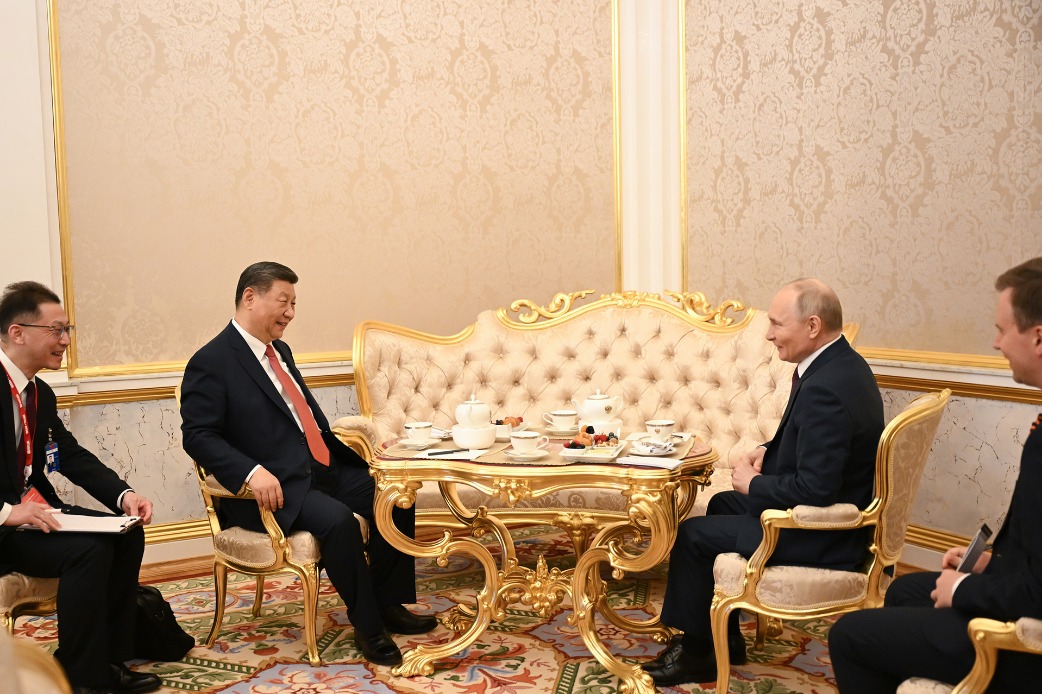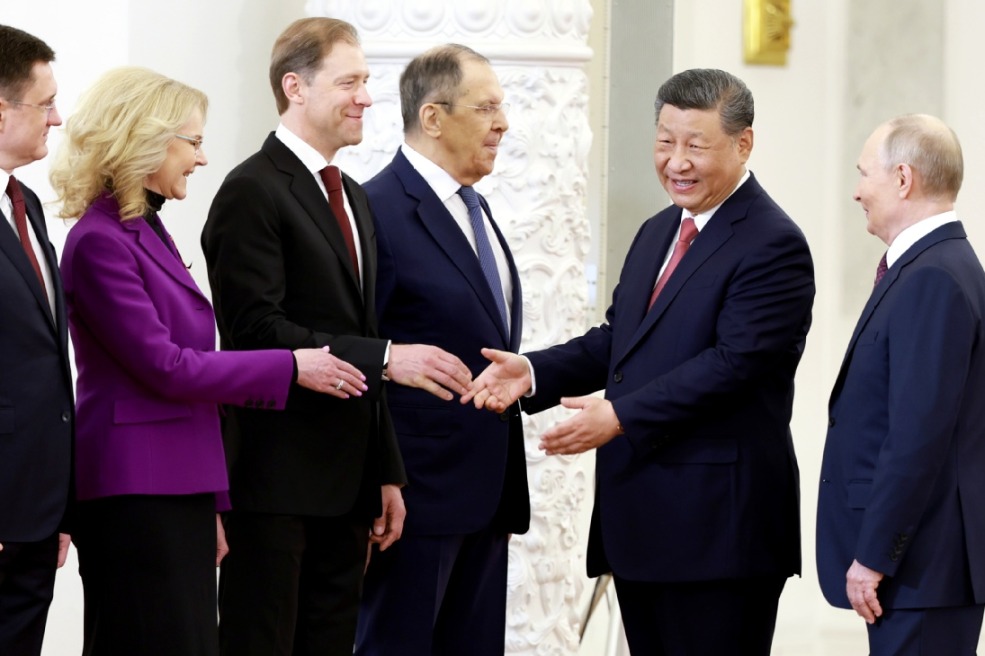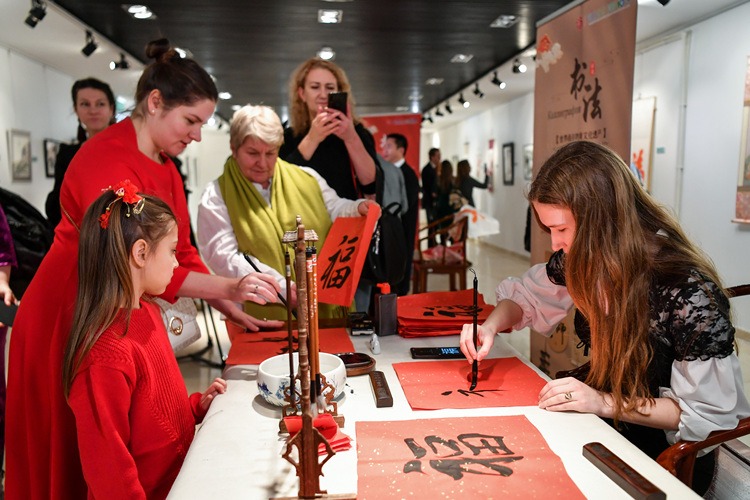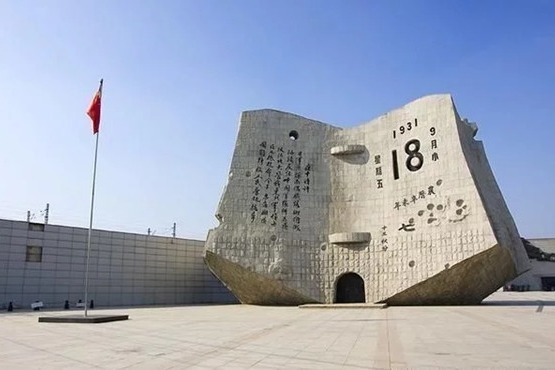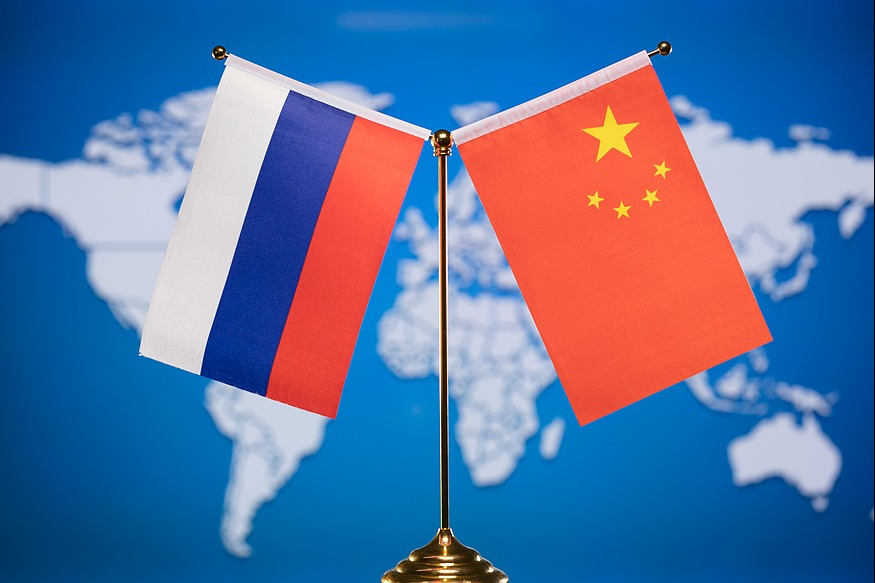Main Eastern battlefield vital in WWII victory

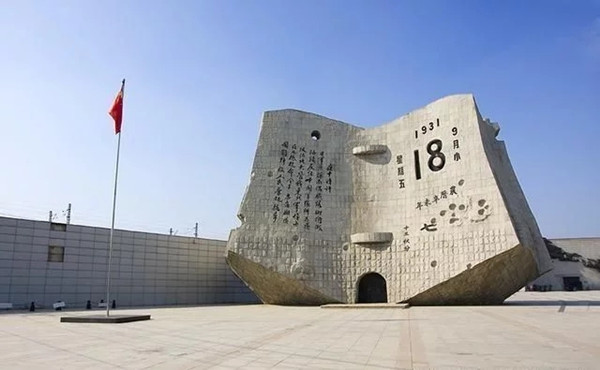
The 80th anniversary of the victory in the Chinese People's War of Resistance Against Japanese Aggression (1931-45) and the World Anti-Fascist War this year has boosted Chinese people's pride for resisting the main forces of militarist Japan, playing a decisive role in the ultimate defeat of the fascist Japanese aggressors. The Asian battlefield played an equally important role as the European one in the war.
To determine the decisive factors that shaped the course and outcome of the war, we should not rely on superficial facts and, instead, consider the broader historical context. For years, some believed that China's victory in the War of Resistance Against Japanese Aggression was not achieved by the Chinese people. Instead, the Chinese people "endured" the Japanese assault until the US and the Soviet Union joined the World Anti-Fascist War. This is a distortion of history.
The Sept 18 Incident in 1931, which marked the beginning of the Chinese People's War of Resistance Against Japanese Aggression, was a prologue to the World Anti-Fascist War. And the July 7 Incident, or the Marco Polo Bridge Incident, in 1937 signaled the start of China's full-scale war of resistance and the establishment of the main Eastern battlefield of the World Anti-Fascist War.
As part of the World Anti-Fascist War, the Chinese People's War of Resistance Against Japanese Aggression began first and lasted the longest. China, the main battlefield in Asia, played a decisive role in the ultimate defeat of the Japanese aggressors. Its decisive role, much like that of the Soviet Union in Europe and the US in the Pacific, is beyond doubt.
The exploits of the American, British and other Allied forces in the Asia-Pacific, the Soviet Red Army's operations in Northeast China, and the struggles of the peoples of Southeast Asia against Japanese aggression all played key roles in the defeat of Japanese fascism. But none of this diminishes China's central role in the victory in the war.
Data analysis can offer an objective view of the events and China's decisive role in the ultimate defeat of the Japanese aggressors.
First, in terms of army divisions, China contained the largest number of Japanese troops. From the July 7 Incident to the end of the war, the proportion of Japanese troops deployed in China each year peaked at more than 90 percent, with the lowest being about 35 percent, and it averaged over 70 percent through the eight years.
Also, China inflicted the heaviest losses on the Japanese forces. From the Sept 18 Incident to the end of the war, Chinese forces accounted for the deaths of more than 1.5 million Japanese soldiers — more than 70 percent of Japan's total military casualties in World War II. After Japan's surrender, more than 1.28 million Japanese soldiers capitulated in China, representing over 50 percent of Japan's forces that surrendered overseas. China also made the greatest sacrifices, with its civilian and military casualties exceeding 35 million.
Second, from the German invasion of the Soviet Union to the siege of Moscow, the German and Japanese forces attacked the Soviet Union from both the east and west. But Japan's "Northern Advance" plan depended on conquering China first to secure its rear for the "Greater East Asia War". With the bulk of its army bogged down in China, Japan had no choice but to abandon the plan.
By early December 1941, 35 of Japan's 51 army divisions were tied up in China, accounting for 69 percent of its total ground forces.
Third, Adolf Hitler repeatedly urged Japan to move south to strategically coordinate with Nazi Germany. But since the war in China had reached a stalemate, Japan couldn't divert its forces. When the Pacific war broke out in 1941, about 70 percent of Japan's army (about 35 divisions) was deployed in China — and the majority of them remained there till the end of the war.
Japanese historians have acknowledged that even after the war with the United States and the United Kingdom began, the Japanese army's main battlefield remained the Chinese mainland. So it is unjust to claim US and British offensives in the Pacific played the main role in the defeat of Japan while ignoring China's role in resisting Japan's expansion in the south.
For a long time, influenced by Western views, some Western historians have often displayed arrogance and bias, highlighting the role of the US and the UK while trying to belittle China's contributions and sacrifices in the victory in the World Anti-Fascist War.
It is necessary to objectively assess the roles of the major fronts in the victory in the World Anti-Fascist War. On the European front, the Soviet Union bore the brunt of Nazi Germany's military might, with the Eastern battlefield serving as the main battlefield. The Battle of Moscow in 1941 shattered the myth of Nazi Germany's invincibility, and the Battle of Stalingrad marked the turning point in World War II.
In the Pacific, the US used its industrial might to supply advanced weapons and materials, significantly bolstering the Allied forces. The Battle of Midway in 1942 stripped Japan of its strategic advantage, while the Guadalcanal Campaign marked the start of the Allied counteroffensive.
Similarly, China's role as the main Eastern battlefield is undeniable. The 1927"Tanaka Memorial" revealed Japan's ambition to conquer China, dominate Asia and rule over the world. China's protracted resistance thwarted these plans of Japan and disrupted the Axis powers' strategy of conquering the world.
To fully understand the roles of different countries in the victory in the World Anti-Fascist War, the world needs to acknowledge the importance of mutual support among the Allied fronts, including China, whose indelible contributions are etched in the victory monument of the World Anti-Fascist War.
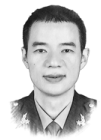
The views don't necessarily reflect those of China Daily.
If you have a specific expertise, or would like to share your thought about our stories, then send us your writings at opinion@chinadaily.com.cn, and comment@chinadaily.com.cn.

















